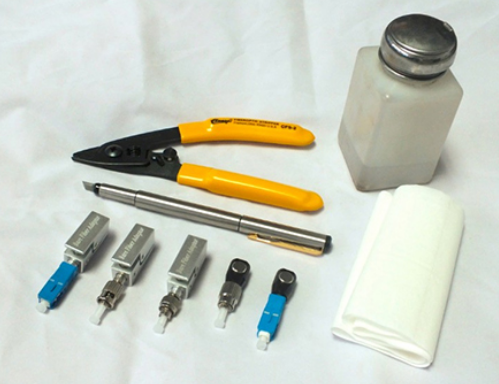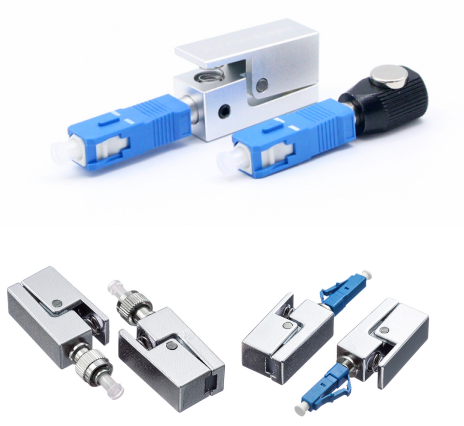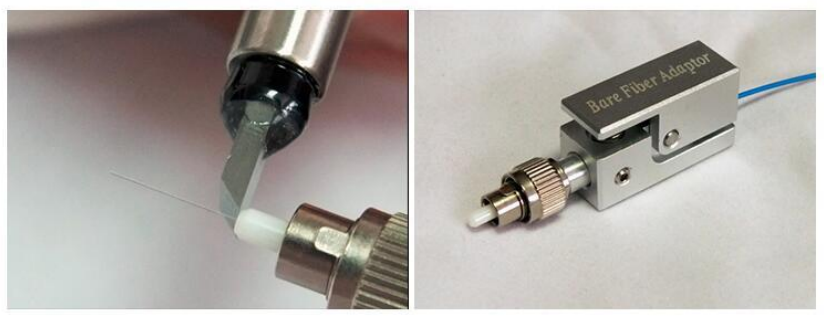PRODUCTS
Support
Contact us
- +86-0752-3894899
- +86-0752-3894889
- sales@omcftth.com
- A1 BLDG, Sinyink intelligent Industrial park, Hongxi Avenue, zhongkai High-tech District ,Huizhou, Guangdong. P.R. CHINA,
Home » Fiber Accessories » Bare fiber adapter
Traditional fiber connection is to assemble bare fiber into different fiber connectors according to a certain length, and process it into jumpers in the factory. This process includes threading, fiber ferrule assembly, ferrule injection, colloid curing, fiber cutting, degumming, rough grinding, medium grinding, fine grinding, polishing and other complex processes.


In optical communication, it is often necessary to temporarily connect bare fiber and fiber equipment, and it is often too late to make jumpers at the wiring site. Fiber fusion is a method, but it requires a fusion splicer, and it can only solve the connection between two optical fibers, but it cannot solve the connection problem between the bare fiber and the fiber equipment interface. Using a bare fiber adapter can be directly used for the connection and coupling of bare fiber and other optical equipment.
A bare fiber adapter is a medium used to connect bare fiber and fiber equipment. One end of the adapter is used to connect bare fiber, and the other end is a fiber connector.
Bare fiber adapters are mainly used to test bare fiber jumpers and pigtails without end face processing. Bare fiber can be directly connected to standard FC, SC, ST, and LC to detect the loss during the connection process. The bare fiber only needs simple processing, such as stripping the coating and cutting the end face, to be inserted into the bare fiber adapter. The bare fiber can be used as a temporary connector with a fiber connector for testing and temporary connection of fiber optic equipment or systems, which is easy to operate.

Another advantage of the bare fiber adapter is that it can be recycled, which is convenient and economical. It is particularly suitable for connecting optical power meters, optical time domain reflectometers OTDR and various other instruments for emergency connections in certain field wiring emergencies, and for field functional testing without additional permanent connectors. For technicians and contractors, it will make fiber testing and network maintenance easier, faster and more efficient.

The connector of the bare fiber adapter is docked with the connector end through the adapter, and the optical parameter test can be performed. If the test parameters are very poor, please check whether the front end of the fiber is cut well, cut it again, and then test it. Only bare fiber components that pass the parameter test can be used or fused into the system.
Copyright© OMC GROUP